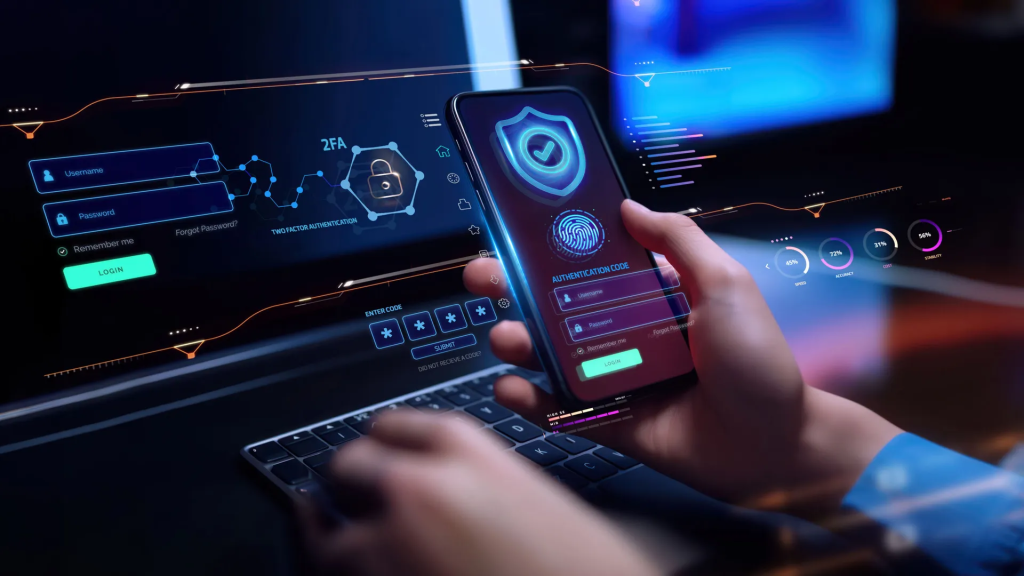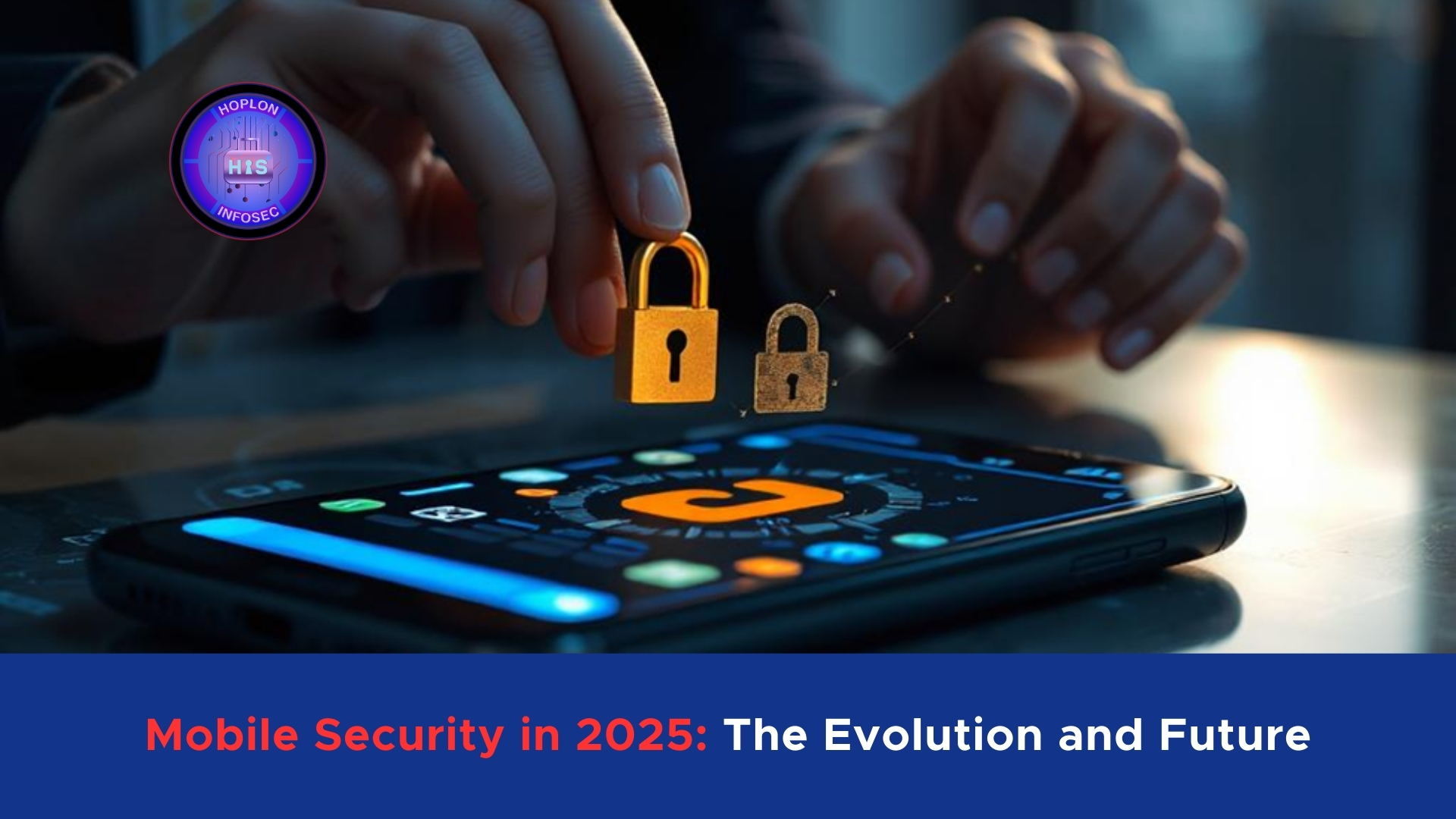In the fast-paced digital era, mobile devices have evolved into powerful tools that drive our personal lives, business operations, and global economies. As we stride into 2025, the conversation around mobile security has never been more critical. With billions of users relying on smartphones and tablets to store sensitive data, conduct financial transactions, and control smart devices, the need for robust security measures has reached new heights. This blog post delves into the evolving landscape of mobile security in 2025, examines emerging threats and innovative defenses, and provides actionable strategies for individuals and enterprises to protect their digital assets.
The Evolution of Mobile Technology
Over the past decade, mobile technology has undergone a transformative journey. Smartphones are no longer straightforward communication tools; they are compact computers capable of handling complex tasks that once required high-powered desktops. With the advent of 5G networks and increasingly sophisticated hardware, mobile devices now serve as gateways to the Internet of Things (IoT), cloud computing, augmented reality (AR), and remote work infrastructures.
In parallel with these advancements, mobile operating systems have become more integrated and feature-rich. Platforms like Android and iOS continually innovate by adding new functionalities and improving user experience. However, this rapid evolution also broadens the attack surface, presenting new vulnerabilities for cybercriminals to exploit.
The Shifting Threat Landscape
Advanced Malware and Ransomware
One of the primary challenges in 2025 is the evolution of mobile malware. Cybercriminals employ artificial intelligence (AI) and machine learning (ML) techniques to craft sophisticated malware that can adapt to different security environments. These advanced threats can bypass traditional security measures, encrypt user data, and demand ransoms in cryptocurrency.
The increasing prevalence of ransomware attacks on mobile devices underscores the urgent need for dynamic defense mechanisms. Unlike conventional ransomware that primarily targets computers, mobile ransomware has become adept at infiltrating app stores and exploiting vulnerabilities in third-party applications. Consequently, end-users and security professionals must remain vigilant by updating their devices regularly and avoiding downloads from unverified sources.
Phishing and Social Engineering
Phishing remains a significant threat in 2025, but its tactics have grown more advanced and personalized. Cybercriminals now use AI to simulate communication styles and mimic trusted contacts, making it harder for users to distinguish between legitimate messages and malicious content. In addition, social engineering attacks leverage data available on social media and other online platforms to tailor deceptive messages that prey on the user’s emotions.
Mobile security solutions have integrated behavioral analytics and real-time threat intelligence to counteract these threats. By monitoring typical user behavior, these systems can flag anomalous activities—such as unusual login attempts or unexpected access to sensitive data—prompting users to verify the authenticity of the interaction.
IoT and Interconnected Ecosystems
Mobile devices are increasingly acting as control hubs for interconnected IoT ecosystems. Integrating mobile technology with IoT has expanded the landscape of potential vulnerabilities, from smart home devices to wearable health monitors. A breach in one component of the IoT network can create a domino effect, exposing critical personal or corporate data stored on mobile devices.
The challenge lies in securing an ecosystem where devices from various manufacturers with different security standards must coexist. In 2025, the focus is not only on individual device security but also on establishing secure communication protocols and uniform encryption standards across the IoT ecosystem.
Innovations Driving Mobile Security

Biometric Authentication and Beyond
Biometric authentication has come a long way since its early days. In 2025, biometric technologies will be mainstream, such as facial recognition, fingerprint scanning, and even behavioral biometrics (which analyze patterns like typing, rhythm, and navigation habits). These methods provide a layer of security that is user-friendly and highly resistant to traditional hacking techniques.
Moreover, multi-factor authentication (MFA) has evolved to include biometric data alongside traditional factors like passwords and one-time codes. This layered approach significantly reduces the likelihood of unauthorized access, even if one of the factors is compromised.
AI-Powered Threat Detection
Artificial intelligence is pivotal in the future of mobile security. AI-powered threat detection systems can analyze vast amounts of data in real-time, identifying potential breaches or anomalies before they escalate into full-blown attacks. These systems leverage deep learning algorithms to adapt and respond to new threats as they emerge, making them formidable defenses against rapidly evolving malware.
The integration of AI into mobile security also extends to predictive analytics. AI systems can forecast potential vulnerabilities and suggest preemptive measures by analyzing historical data and current trends. This proactive approach is essential in an era where threats can evolve and multiply unprecedentedly.
Blockchain for Secure Transactions
Blockchain technology makes significant inroads into mobile security by providing a decentralized and tamper-proof method for verifying transactions. In 2025, blockchain will be used for cryptocurrencies, securing mobile transactions, and authenticating identities. By leveraging blockchain’s immutable ledger, mobile security systems can reduce the risk of data breaches and fraudulent activities.
The decentralized nature of blockchain also enhances transparency and traceability in mobile networks. Users can verify the integrity of their transactions and ensure that their data is not being altered or intercepted by malicious actors. This added layer of trust is crucial as mobile payments and digital contracts become more commonplace.
Secure App Development and Distribution
As mobile apps dominate the digital landscape, ensuring their security from development to distribution has become paramount. In 2025, developers are increasingly adopting secure coding practices and utilizing advanced testing tools to identify vulnerabilities early in the development cycle. Automated static and dynamic code analysis tools are now standard, enabling developers to catch security flaws before apps are released to the public.
App distribution platforms are also stepping up their game. Google Play and Apple’s App Store have implemented stricter vetting processes to detect and remove malicious apps. These platforms use machine learning algorithms to analyze app behavior, flag suspicious activities, and enforce rigorous security standards to protect users.
Regulatory Developments and Industry Standards

Global Privacy Regulations
With the rise of mobile security threats, regulatory bodies worldwide have updated their privacy and security regulations to protect consumers. In 2025, global privacy regulations will be more stringent than ever, emphasizing the importance of transparency and data protection. Laws such as the General Data Protection Regulation (GDPR) in Europe and emerging legislation in other regions mandate strict guidelines on how user data is collected, stored, and processed.
These regulations hold companies accountable and drive innovation in mobile security. By enforcing higher standards, regulatory bodies encourage the development of more secure systems and foster a culture of trust between service providers and their customers.
Industry Collaboration and Information Sharing
In today’s interconnected world, collaboration is key to combating cyber threats. Industry consortiums and public-private partnerships have emerged as powerful alliances in the fight against mobile security breaches. Organizations now regularly share threat intelligence, best practices, and security protocols to create a unified front against cyber criminals.
These collaborative efforts extend beyond borders, with international cooperation vital in addressing global threats. By pooling resources and expertise, industries can respond more effectively to emerging threats and ensure that security measures evolve in tandem with cyber adversaries’ tactics.
Best Practices for Users and Enterprises
Regular Software Updates
Keeping devices updated is one of the simplest yet most effective measures to enhance mobile security. Software updates often include security patches that address known vulnerabilities. Whether it’s an operating system update or an application patch, these updates are critical in safeguarding against potential exploits. In 2025, automated update systems have become more seamless, ensuring users receive the latest protections without manual intervention.
Use of Comprehensive Security Suites
Investing in comprehensive security suites is a must for both individuals and enterprises. These suites provide multi-layered protection, including antivirus, anti-malware, firewall, and intrusion detection systems. Advanced security suites now incorporate AI-powered analytics that can predict and prevent threats before they occur.
Educating Users
No security system is foolproof if the human element is neglected. Cybersecurity education is an integral part of any mobile security strategy. Enterprises are increasingly investing in training programs to educate employees about phishing scams, safe browsing practices, and the importance of multi-factor authentication. For individual users, awareness campaigns and online resources can significantly reduce the risk of falling victim to cyber-attacks.
Data Encryption and Secure Backups
Encryption remains a cornerstone of mobile security. By encrypting sensitive data stored on mobile devices, users can ensure that even if a device is compromised, the data remains inaccessible to unauthorized parties. Additionally, regular backups—both locally and on the cloud—provide a safety net in the event of a breach or ransomware attack, allowing users to restore their data quickly and efficiently.
Secure Network Practices
Public Wi-Fi networks are notorious for being insecure and are a common target for hackers. In 2025, Virtual Private Networks (VPNs) have become standard practice for securing online communications. Whether accessing work emails or conducting financial transactions, VPNs encrypt data transmitted over the internet, providing an essential layer of protection in unsecured networks.
Case Studies: Lessons from the Frontlines
Real-world examples from recent years highlight the vulnerabilities and the resilient responses in the mobile security landscape. One notable case involved a large multinational corporation that faced a sophisticated phishing campaign targeting its mobile employees. The attackers exploited subtle similarities in email addresses and mimicked internal communication styles, leading to unauthorized access attempts. Thanks to the company’s deployment of AI-driven behavioral analytics and enforced multi-factor authentication protocols, the breach was detected early and neutralized before significant damage occurred.
In another instance, a popular mobile payment platform encountered a ransomware attack designed to lock users out of their accounts. The platform’s rapid response team, leveraging blockchain-based authentication and decentralized transaction logging, was able to contain the threat swiftly, ensuring that user funds remained secure and service continuity was maintained. These examples underscore the importance of layered defenses and proactive incident response plans. They also demonstrate how innovation and best practices can mitigate risks even in the face of highly targeted attacks.
Emerging Challenges and Future Outlook

The Rise of Quantum Computing
While quantum computing promises revolutionary advancements in processing power, it also poses a significant threat to current encryption standards. In 2025, researchers are actively developing quantum-resistant algorithms to secure mobile communications. The race between quantum advancements and mobile security innovation is intensifying, with the hope that next-generation encryption methods will safeguard against future threats.
Privacy vs. Convenience: The Ongoing Debate
As mobile security technologies become more sophisticated, the balance between privacy and convenience remains contentious. Users increasingly demand seamless experiences, but high levels of security can sometimes introduce friction. Striking the right balance is a challenge for developers and policymakers alike. The future of mobile security will likely involve innovative solutions that deliver robust protection without compromising user convenience.
The Human Factor in Cybersecurity
Despite technological advances, the human factor remains a persistent vulnerability in mobile security. Social engineering attacks, insider threats, and simple user negligence remain significant avenues for cybercriminals. Addressing these challenges requires a multi-faceted approach that combines advanced technology with continuous education and behavioral analysis. In 2025, the most successful security frameworks integrate human-centric strategies with cutting-edge technology.
The Role of Cloud Security
The increasing reliance on cloud services to store and process mobile data has introduced new security considerations. Cloud-based mobile security platforms offer scalability and centralized control but become attractive targets for cybercriminals. In 2025, securing the cloud remains a top priority. Enterprises are investing in robust cloud security measures, including zero-trust architectures, secure access service edge (SASE) frameworks, and continuous monitoring systems to safeguard their mobile data ecosystems.
The Road Ahead
Mobile security in 2025 is defined by rapid innovation, evolving threat landscapes, and a collaborative approach between technology providers, regulators, and users. The future of mobile security will likely see the integration of emerging technologies such as AI, blockchain, and quantum-resistant encryption alongside more refined regulatory measures and global cooperation.
Staying informed about the latest threats and adopting best practices is essential for individuals. On the other hand, enterprises must invest in advanced security systems and foster a culture of continuous improvement and education. The interplay between convenience and security will continue challenging developers and users. Still, the path forward is clear: a proactive, layered defense strategy is the key to navigating the digital frontier.
Conclusion
The digital landscape of 2025 is both exciting and perilous. With mobile devices serving as the backbone of our personal and professional lives, robust security measures are no longer optional but necessary. The innovations and challenges discussed in this blog illustrate that mobile security is a constantly evolving field. Whether through integrating biometric technologies, AI-powered threat detection, blockchain-driven transaction security, or the adoption of rigorous global standards, every advancement adds a vital layer to our collective digital armor.
As we navigate this dynamic landscape, the lessons learned from past breaches remind us that preparedness, adaptability, and continuous innovation are essential. We can build a resilient mobile ecosystem by embracing a multi-layered security approach, fostering industry collaboration, and maintaining an unwavering commitment to user education. In doing so, we safeguard our data and ensure that the digital tools we rely on continue to empower and connect us in meaningful ways.
Looking ahead, the future of mobile security holds immense promise. The challenges posed by emerging technologies such as quantum computing and cybercriminals’ ever-evolving tactics will require us to remain vigilant and agile. The road to a secure digital future is paved with opportunities and obstacles. Still, with a concerted global effort and continuous technological innovation, we can rise to meet these challenges head-on.
As we stand at the forefront of this digital revolution, remember that the strength of our mobile security is measured not just by the tools we deploy but by the collective commitment to innovation and resilience. Embrace the journey, stay informed, and let digital armor protect the fabric of our interconnected lives.
References:
https://www.forrester.com/report/the-future-of-mobile-security-securing-the-mobile-moment/RES112741






